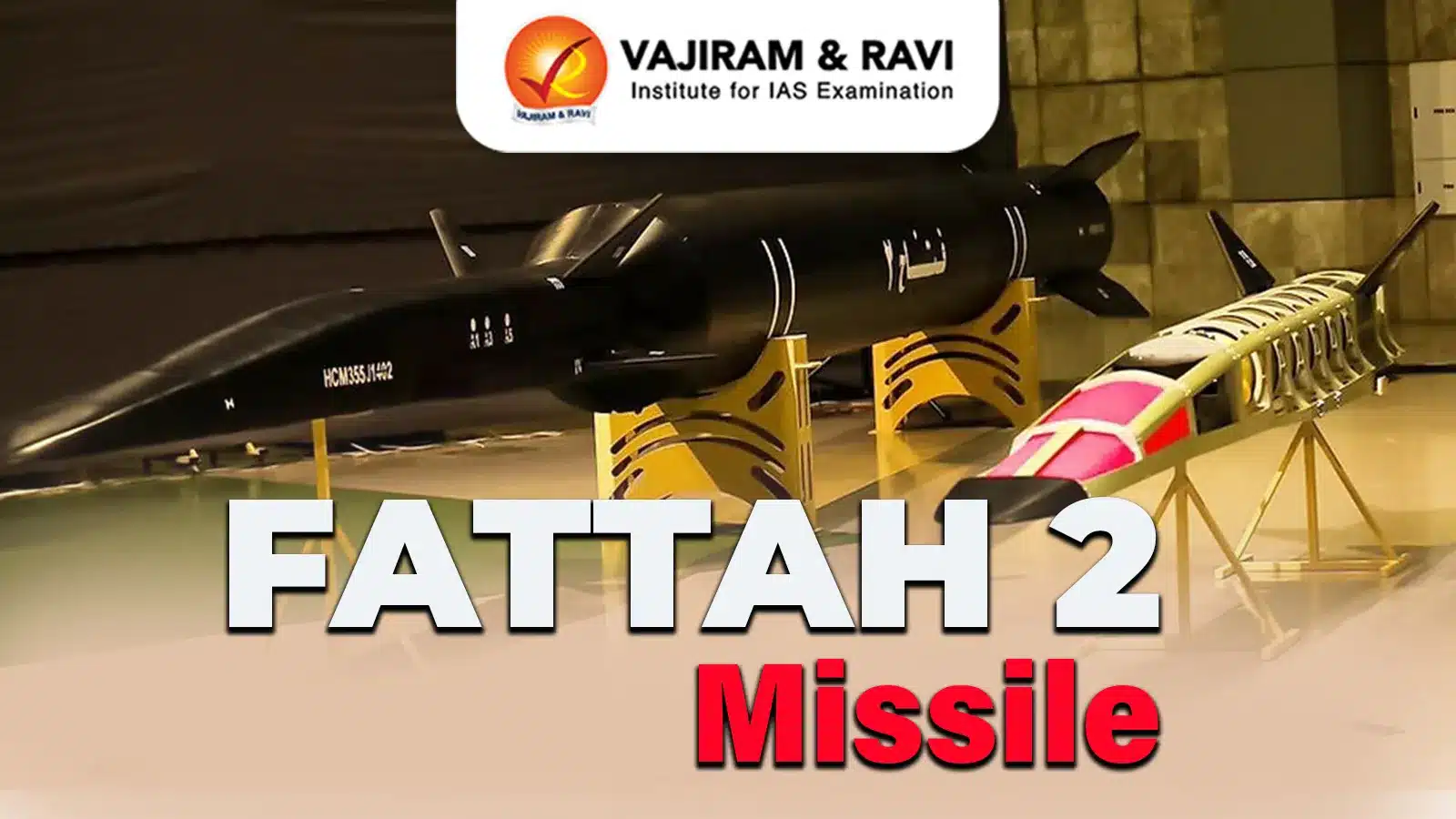About Nebula:
- A nebula is a giant cloud of dust and gas in space.
- Some nebulae (more than one nebula) come from the gas and dust thrown out by the explosion of a dying star, such as a supernova.
- Other nebulae are regions where new stars are beginning to form. For this reason, some nebulae are called “star nurseries.”
- How do stars form in a nebula?
- Nebulae are made of dust and gases—mostly hydrogen and helium.
- The dust and gases in a nebula are very spread out, but gravity can slowly begin to pull together clumps of dust and gas.
- As these clumps get bigger and bigger, their gravity gets stronger and stronger.
- Eventually, the clump of dust and gas gets so big that it collapses from its own gravity.
- The collapse causes the material at the center of the cloud to heat up-and this hot core is the beginning of a star.
- Nebulae existin the space between the stars—also known as interstellar space.
- The closest known nebula to Earth is called the Helix Nebula. It is approximately 700 light-years away from Earth.
- Nebulas come in many shapes and sizes and can be further divided into several subcategories, including planetary nebulas, supernova remnants, dark nebulas, and emission nebulas.
Red Spider Nebula:
- It is a planetary nebula located 3,000 light-years from Earth and can be found in the constellation of Sagittarius.
- It harbours one of the hottest stars known, which heats the gas around it to form shockwaves 62 billion miles (100 billion km) high.
Q1: What is a Supernova?
A supernova is the name given to the cataclysmic explosion of a massive star. They are the largest explosion that takes place in space. It can emit more energy in a few seconds than our sun will radiate in its lifetime of billions of years. They’re also the primary source of heavy elements in the universe. On average, a supernova will occur once every 50 years in a galaxy the size of the Milky Way.
Source: Cosmic Spider: Nasa’s Hubble Captures Stunning Image Of The Red Spider Nebula’s Celestial Beauty
Last updated on June, 2025
→ UPSC Notification 2025 was released on 22nd January 2025.
→ UPSC Prelims Result 2025 is out now for the CSE held on 25 May 2025.
→ UPSC Prelims Question Paper 2025 and Unofficial Prelims Answer Key 2025 are available now.
→ UPSC Calendar 2026 is released on 15th May, 2025.
→ The UPSC Vacancy 2025 were released 1129, out of which 979 were for UPSC CSE and remaining 150 are for UPSC IFoS.
→ UPSC Mains 2025 will be conducted on 22nd August 2025.
→ UPSC Prelims 2026 will be conducted on 24th May, 2026 & UPSC Mains 2026 will be conducted on 21st August 2026.
→ The UPSC Selection Process is of 3 stages-Prelims, Mains and Interview.
→ UPSC Result 2024 is released with latest UPSC Marksheet 2024. Check Now!
→ UPSC Toppers List 2024 is released now. Shakti Dubey is UPSC AIR 1 2024 Topper.
→ Also check Best IAS Coaching in Delhi
























